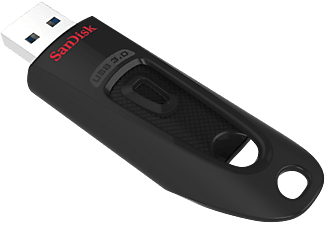

The folder contains your encrypted files with seemingly random names and they are useless without the password. You might have noticed a new vault folder appears. You will see this window every time you want to log in and after logging off from SecureAccess.ġ2. When you have done with it, don’t forget to Log off.ġ1. In many ways, it behaves like a regular file explorer.ġ0. Or you can drag & drop files to the SecureAccess window. To insert files, you can go to File > Add file(s).ĩ. This is the SanDisk SecureAccess interface.Ĩ. If you lost the password, you lost the encrypted file(s).ħ. Please be aware that there is no “Forgot Password” protocol. Create a strong password and add its hint if necessary. If yours didn’t have the program, you can download it from here and copy the installer file to the USB Drive.ģ. First, plug in the drive, run File Explorer, and open the USB Drive.Ģ.

In this example, I’m using the extremely tiny SanDisk Cruzer Fit, but this should work on other types as well.ġ. The software is called SanDisk SecureAccess and it comes bundled with a number of SanDisk flash drives, or can be downloaded directly from their website.Īnd since not many users are aware of this program and tend to ignore it, I’m going to show you how to use it on a SanDisk USB stick.


 0 kommentar(er)
0 kommentar(er)
